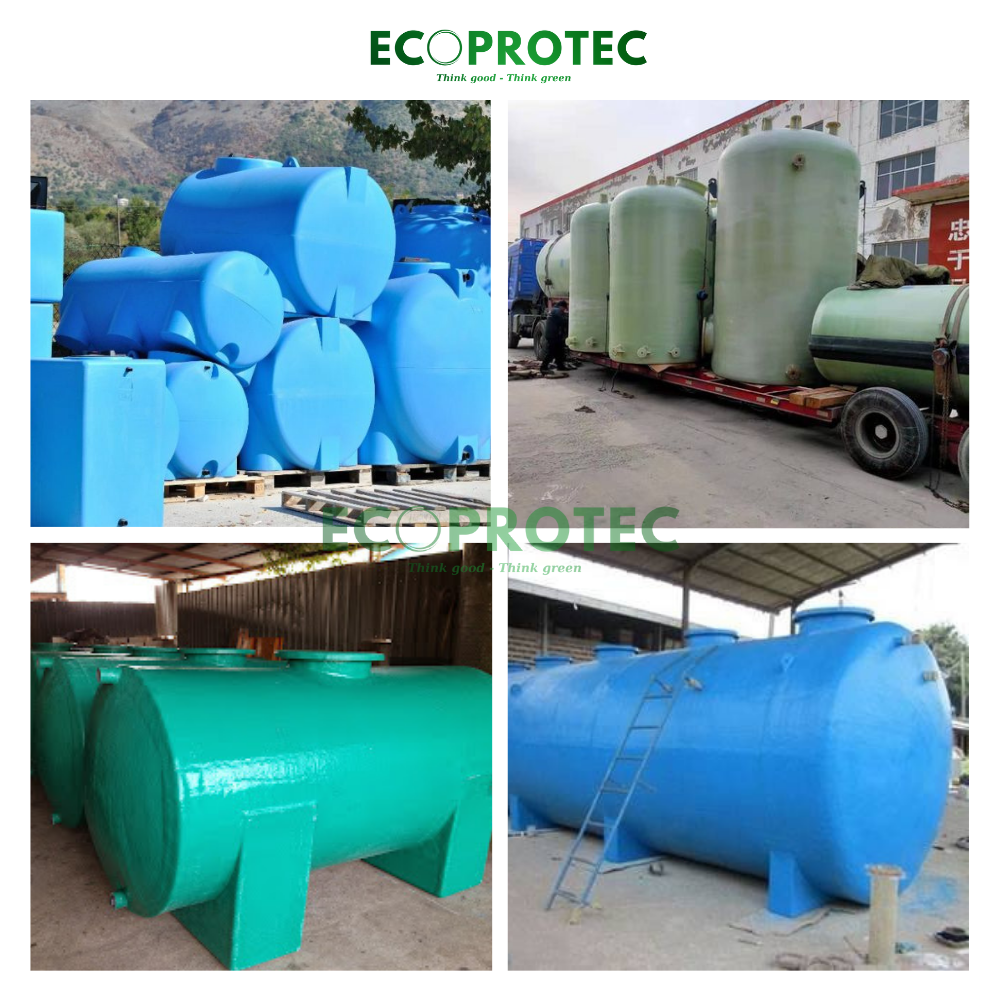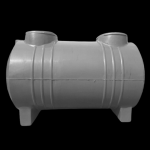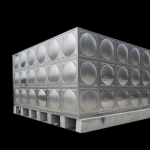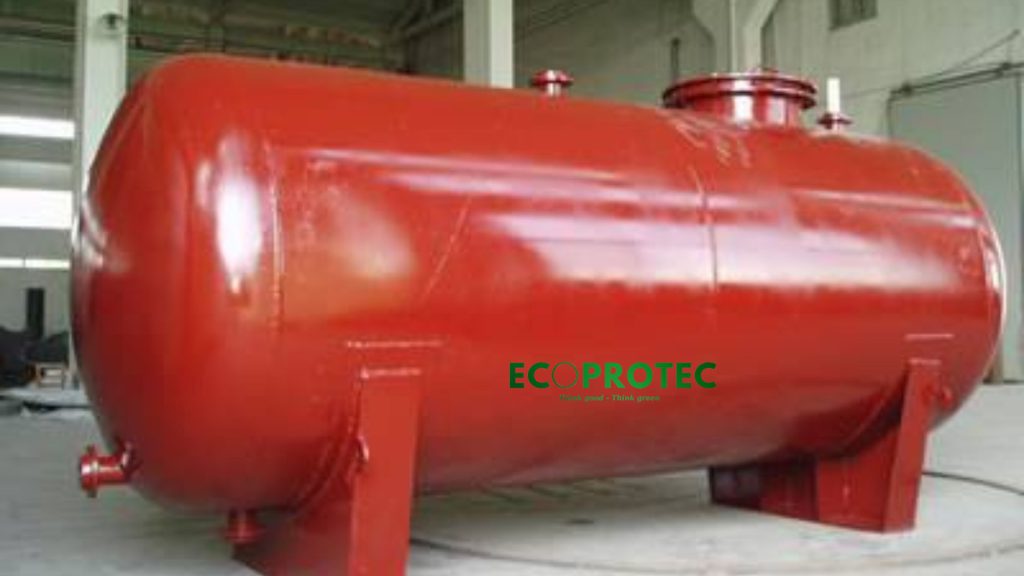Composite FRP vs Stainless Steel Chemical Storage Tanks: Which One is Better?
Still deciding between a stainless steel or composite FRP tank for chemical storage? Each material has its own pros and cons in terms of corrosion resistance, durability, and cost. In this article, ATNewtech provides a detailed comparison between these two popular types of chemical tanks, especially for handling aggressive acids like H₂SO₄. Find out which one offers the best safety, savings, and performance for your business.
1. Introduction: Which Is Safer and More Cost-Effective – FRP or Stainless Steel?

In industries such as manufacturing, wastewater treatment, pharmaceuticals, and chemical processing, choosing the right chemical storage tank directly impacts system safety, cost, and long-term durability. Currently, stainless steel and FRP (Fiberglass Reinforced Plastic) composite are the two most common materials used.
So which one is better? Should you invest in stainless steel or a composite chemical tank? Let’s break it down with ATNewtech’s expert analysis.
2. Overview of the Two Types of Chemical Tanks
2.1. Stainless Steel Chemical Tanks
Made from corrosion-resistant alloys, these tanks are widely used due to their strength and durability. However, they are heavy, costly, and not suitable for storing strong acids.
2.2. Composite FRP Chemical Tanks

Constructed from reinforced fiberglass and chemical-resistant resin (Vinyl Ester, Epoxy, etc.), FRP tanks offer high corrosion resistance and design flexibility. They are increasingly replacing stainless steel in demanding chemical environments.
3. Detailed Comparison: FRP Composite vs Stainless Steel
| Criteria | Stainless Steel Tanks | FRP Composite Tanks |
| Chemical Resistance | Average – corroded by acids | Excellent – resists acids & alkalis |
| Weight | Heavy | 3–4x lighter |
| Lifespan | ~10–15 years | 20–30 years |
| Initial Cost | High | Reasonable, cost-effective |
| Design Flexibility | Limited | Highly customizable |
| Maintenance | Frequent | Minimal |
4. When to Use FRP Composite Chemical Tanks
-
For storing H₂SO₄ (Sulfuric Acid): Stainless steel is unsuitable; FRP with Vinyl Ester liner is ideal.
-
For aggressive acids (HCl, HNO₃): FRP resins provide superior resistance.
-
Outdoor or coastal installations: FRP won’t rust or oxidize under UV or salt exposure.
5. When to Use Stainless Steel Tanks
-
For clean water, food-grade or non-corrosive liquids
-
Where aesthetics are important (shiny finish)
-
For indoor, dry environments
6. Which One Should You Choose?

If your business handles corrosive chemicals such as H₂SO₄, NaOH, or HCl, FRP composite tanks offer superior durability, resistance, and cost efficiency. However, for non-corrosive fluids like water or mild solutions, stainless steel can still be a viable choice.
7. Why Choose ATNewtech for FRP Composite Tanks?

-
Custom-made FRP chemical tanks for specific needs
-
Resin selection tailored to your chemicals (H₂SO₄, HCl, NaOH…)
-
UV-resistant, heat-tolerant, 20–30-year durability
-
On-site installation and up to 10-year warranty
Contact now:
-
📞 Technical Hotline: 0834 473 166
-
🌐 Website: www.atnewtech.vn

 Composite Tank
Composite Tank Water tank cover.
Water tank cover. Kitchen equipment
Kitchen equipment Industrial water tank
Industrial water tank


